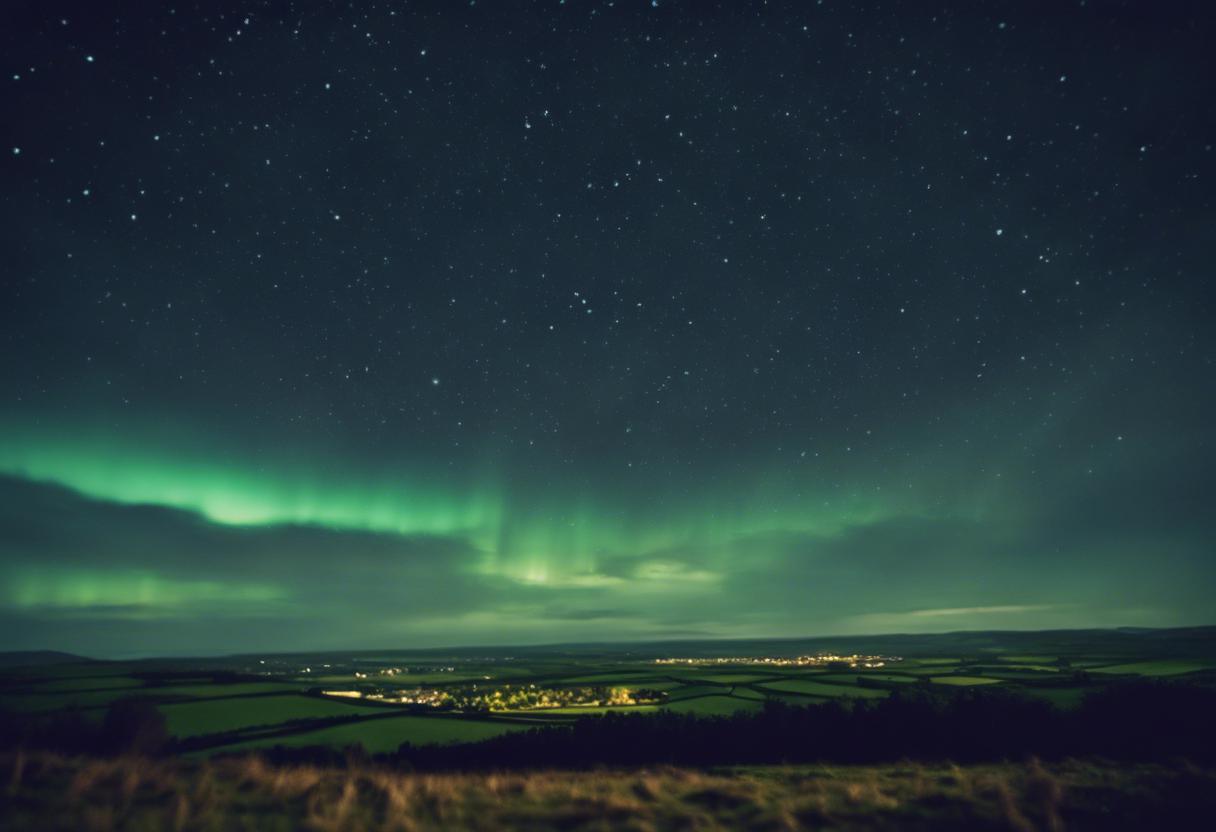What are the Northern Lights and what causes them?
The phenomenon known as the Northern Lights, or aurora borealis, results from the interaction between gas particles in our atmosphere and charged particles emitted from the sun’s atmosphere. The varying colours of the Northern Lights depend on the specific types of gas particles involved in these collisions. Typically, oxygen molecules at about 100km above the earth generate a greenish-yellow glow, while high-level oxygen molecules create a red aurora. The presence of nitrogen molecules, on the other hand, generates blue or purple auroras.
Why were the Northern Lights visible on a recent Thursday night?
Frances McCarthy, an educational outreach officer at MTU’s Blackrock Castle Observatory in Cork, explained that the forecast was formed by observing solar images, which displayed a “coronal mass ejection”. This massive ejection of the sun’s outer atmosphere into space had been detected. When this charged material from the sun impacted the earth the day after, it influenced the upper atmosphere near the poles, leading to the glow of the aurora. In Cork, observers saw the less common, reddish aura, caused by glowing high-level oxygen, whereas the commonly observed green light is a result of lower atmospheric gases.
Is the appearance of Northern Lights increasing, especially in southern regions like Ireland?
The frequency of atmospheric phenomena like the Northern Lights is linked to solar activity, which operates in roughly 11-year cycles. We’re currently experiencing the peak of this cycle, which renders events like coronal mass ejections and sunspots more frequent. According to McCarthy, it’s also noted that the last time the sun was this active was in 1989. Auroras occur more often near the north and south magnetic poles, so it takes strong space weather events to make them visible elsewhere.
Which locations in Ireland are most suited to observing the Northern Lights?
To optimally view the Northern Lights in Ireland, one should seek out areas that have minimal light pollution and favourable weather conditions, specifically clear skies. The west and north coasts provide the best opportunities for witnessing this spectacular display, as per the suggestions from Met Éireann.
The text indicates that various forecasting services exist for predicting the Northern Lights, one of which is provided by the National Oceanic and Atmospheric Administration (NOAA). This service offers a half-hour prediction of the aurora. Another source to consider is spaceweather.com.
There’s a question of whether Friday night will offer a sight of the Northern Lights. Regrettably, it’s improbable due to the ebbing geomagnetic storm. However, Ms McCarthy assures that there will be future opportunities to witness the magical spectacle of the Northern Lights, although this weekend might not be included.

